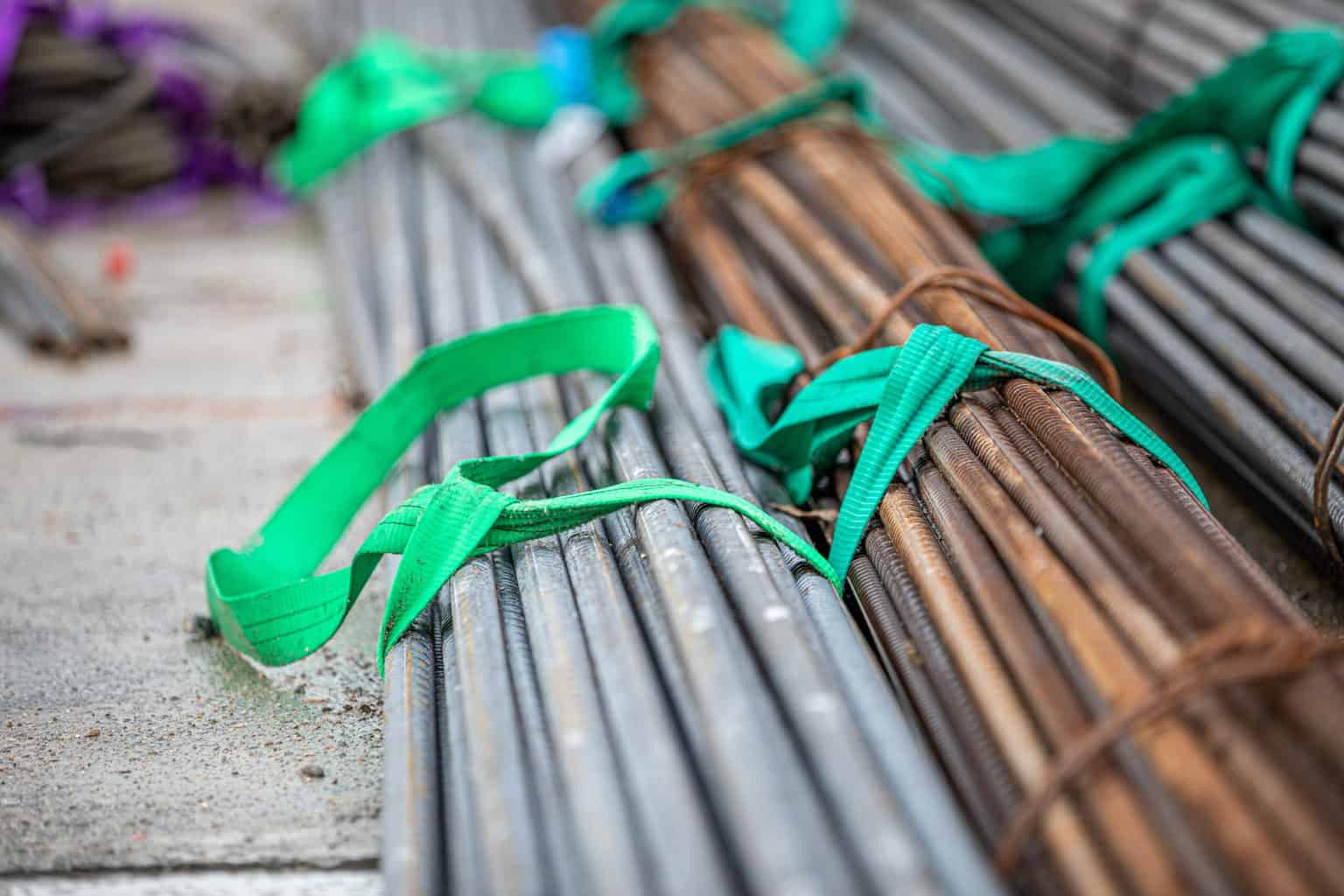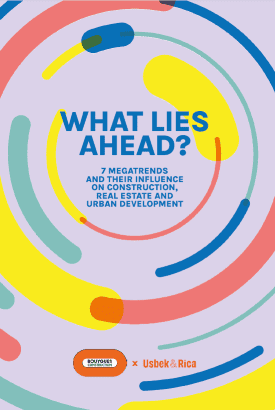
The station of the future – challenges and prospects
5 minutes of reading
Providing a link between here and elsewhere, stations constitute an essential centrality for cities of the future. At the heart of major disruptions on a number of levels, stations are the subject of numerous innovations in areas that go beyond the field of mobility. After an open and collaborative approach to mobility, which resulted in the trend book “Cities & mobility, a reinvention of proximity”, we are now focusing on the outlook for the railway station of the future.
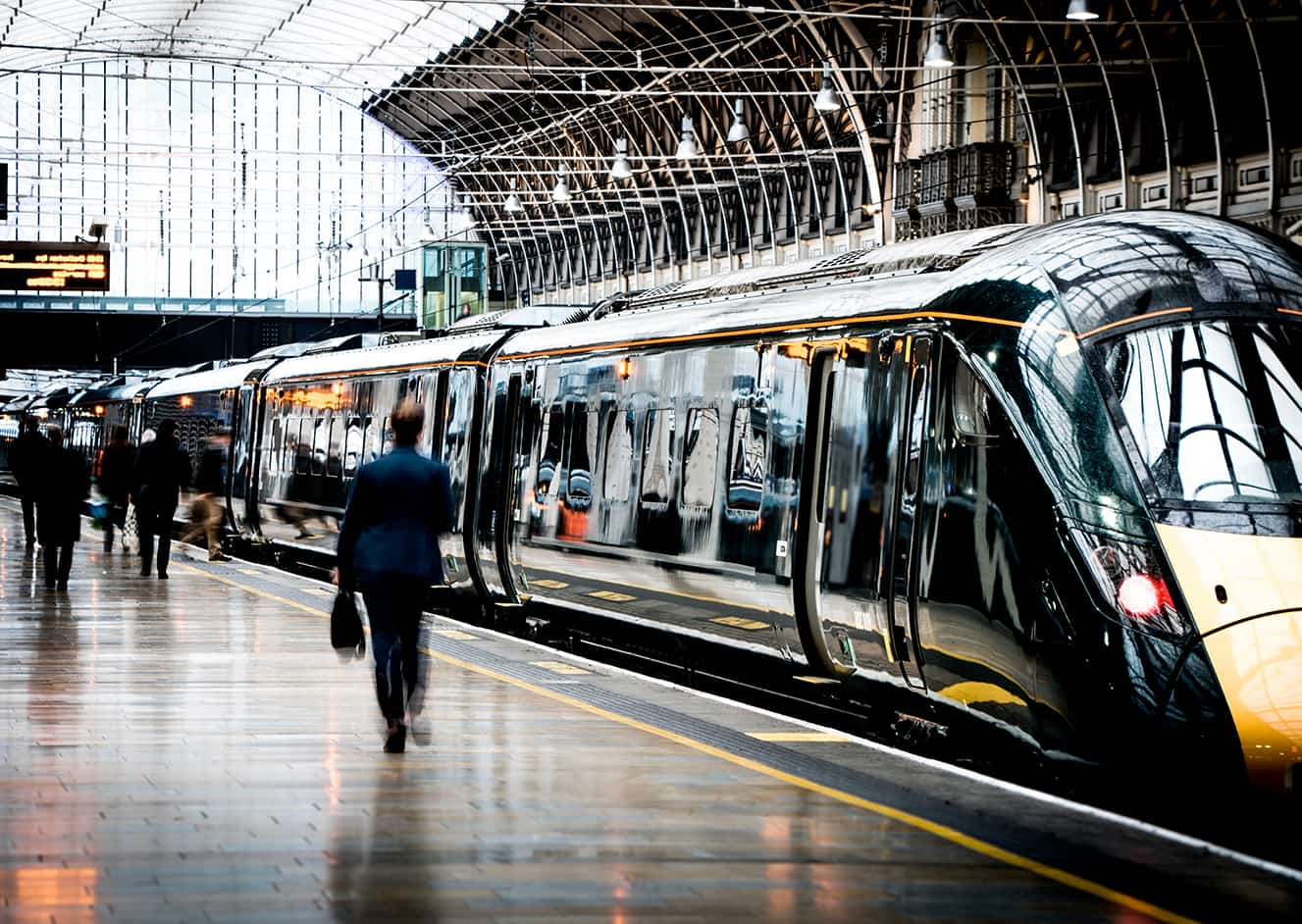
A space that crystallises the tension between use, image and economic value
Both a territorial marker and a foundation for the development of the industrial era in the second half of the 19th century, the railway station is a crucial part of the urban landscape. Nevertheless, stations are diverse in terms of their locations (urban, suburban, rural), size (from tens of passengers per day to hundreds of thousands) and multimodal facilities (metropolitan and regional transport, metro, TGV, etc.). [1] Major reinvestment projects in historic railway stations have strong symbolic value. They reflect conflicts surrounding the future of these core locations in large cities. In the collective imagination, railway stations are hybrid spaces, valuable because of their location in the territory, but they are also subject to power struggles between different players. Several sources of tension can be responsible for these conflicts of use and development. The Gare du Nord project in Paris, for example, is at the centre of concerns about the station’s future use. Designed to bring comfort and efficiency to the transport network and to passengers, it is also intended to triple the current commercial surface, to redefine spaces to be more sustainable and to make the station a centre of life for the surrounding neighbourhoods.Hybrid living spaces with numerous uses
A railway station is par excellence a space for social interaction. This is partly because, for several decades now, stations have become more of a destination in themselves and no longer just a transit point. By developing spaces related to their railway activity, stations have been transformed into hybrid territories welcoming mobility as well as various other uses. Ranging from eating and drinking to work, entertainment, healthcare, relaxation, etc., these forms of use make it possible to create end-user loyalty by helping people with their daily lives and to generate additional revenue streams. So that they can become an integral part of an urban neighbourhood, stations have been able to reinvent themselves by improving their appeal (cleanness, ease of use, etc.) through developments and services intended to give them a strong social and territorial dimension beyond the railway aspect. These concerns felt by station managers are part of a strategy to attract users and enhance the value of spaces, through SNCF’s call for projects, “1001 Stations”[2], for example, which aims to promote individual investment in premises available in French stations. The search for operators is closely linked to new uses for the station, offering coworking spaces, day care centres, luggage storage, etc.Towards a world of customised mobility?
Since the 2000s, the design of mobility spaces has been based on the premise of growing demand and use. Railways stations, which are connected and fast, have always been places where technological advances promoting increased mobility have been tested. Now and in the future, it has become a multimodal hub where a variety of types of transport meet, from private or professional vehicles (cars, taxis, etc.) to public transport (buses, metro, metropolitan and regional trains, etc.) and shared vehicles (bicycles, mopeds, scooters, etc.). The idea of assisting the end-user right up to the “last kilometre” makes it possible to offer an optimal transport service, with reduced journey times, kilometres travelled and carbon footprint. It was in this context that RATP announced the acquisition of the mobility app Mappy[3] in November 2020, with the aim of developing an application that would make it possible to select the means of transport corresponding to each person’s needs on a day-to-day basis (fastest route, most sustainable route, etc.), and to book and pay for it within the app itself to avoid technical difficulties. This is an example of the application of the MaaS (Mobility as a Service) concept. As already discussed in a previous article, recent world events have shown that the growing trend towards “de-mobility” is not marginal but a permanent feature. Soft and sustainable mobility is the spearhead for European governments, transport companies hoping to reduce their environmental footprint, and users who are increasingly aware of these issues. For example, there has been a sharp rise in cycling over the last ten years not only in Paris itself but also throughout France. The Covid-19 pandemic has been a real turning point in the emergence of cycling, with a 60% increase in the use of cycle lanes in Paris between 2019 and 2020.[4] The station of the future must offer more in terms of parking, taking into account the widespread use of soft mobility and also electric mobility (charging points). The challenge lies precisely in the need to offer new modes of transport that are more environmentally friendly and more accessible and efficient.What about tomorrow? The long-term perspective
The multimodal and multifunctional station of the future is emerging as an essential part of urban public space. What if stations of the future were to evolve in an environmentally unstable world? Urban development now has to contend with environmental challenges, ranging from the climate emergency to energy issues. The station of the future also forms part of a sustainable and resilient outlook. AREP was recently awarded the National Grand Prix for Engineering for the refurbishment of the St Michel Notre-Dame station in Paris. This interconnection hub between the metro and suburban rail networks has been upgraded, with natural and environmental constraints fully taken into account. One of the innovative solutions that was used features glazed caissons that are resistant to the flooding of the Seine and solve issues pertaining to luminosity, noise and air quality (ventilation, filtration). What if local and sustainable consumption were to become the norm in the future? In France and the rest of Europe, the trend towards more responsible consumption is emerging as a challenge of the future, with the re-sourcing of food and the development of shorter circuits that are more efficient and cleaner. More eco-friendly, safer, faster and cheaper than other existing forms of transport, rail is an essential element in the transformation in food supply circuits. France has considerable ground to make up in the use of rail freight, as only 9% of goods were transported by rail in 2020, compared to 35% in Switzerland[5]. Long considered unprofitable, unlike high-speed lines and regional passenger services, rail freight is making a comeback in France, supported by the government’s “rail reconquest plan”[6]. What if stations of the future were places for people to spend time together in the neighbourhood? To be integrated in space and time, stations of the future have to play a part in the life of the neighbourhood. In the field of low-carbon mobility, they can be a laboratory for ecological transition. Germany positioned itself as a pioneer in clean fuel innovation in 2018 as the first country to run a train solely on hydrogen, in Lower Saxony[7]. The green aspect is proving to be increasingly attractive to users and businesses that are planning to be based in the stations of the future. In order to be fully fledged components of the neighbourhood and places where people convene, stations have to be innovative and in tune with the wishes of their future users. What if the future…? [1] https://www.researchgate.net/publication/324113646_La_gare_moderne_vers_un_espace_de_production_de_service_global [2] https://www.1001gares.fr/ [3] https://www.ratp.fr/groupe-ratp/newsroom/innovation/viva-technology-2019 [4] City of Paris, 2020, https://www.paris.fr/pages/bilan-des-deplacements-a-paris-en-2020-8121 [5] https://www.lesechos.fr/industrie-services/tourisme-transport/cinq-questions-sur-plan-de-relance-du-fret-ferroviaire-1227120 [6] Banque des Territoires, 2021, https://www.banquedesterritoires.fr/une-nouvelle-strategie-nationale-pour-relancer-le-fret-ferroviaire [7] https://www.euractiv.com/section/future-of-mobility/news/worlds-first-hydrogen-train-leaves-station-in-germany/A space that crystallises the tension between use, image and economic value
Both a territorial marker and a foundation for the development of the industrial era in the second half of the 19th century, the railway station is a crucial part of the urban landscape. Nevertheless, stations are diverse in terms of their locations (urban, suburban, rural), size (from tens of passengers per day to hundreds of thousands) and multimodal facilities (metropolitan and regional transport, metro, TGV, etc.). [1] Major reinvestment projects in historic railway stations have strong symbolic value. They reflect conflicts surrounding the future of these core locations in large cities. In the collective imagination, railway stations are hybrid spaces, valuable because of their location in the territory, but they are also subject to power struggles between different players. Several sources of tension can be responsible for these conflicts of use and development. The Gare du Nord project in Paris, for example, is at the centre of concerns about the station’s future use. Designed to bring comfort and efficiency to the transport network and to passengers, it is also intended to triple the current commercial surface, to redefine spaces to be more sustainable and to make the station a centre of life for the surrounding neighbourhoods.Hybrid living spaces with numerous uses
A railway station is par excellence a space for social interaction. This is partly because, for several decades now, stations have become more of a destination in themselves and no longer just a transit point. By developing spaces related to their railway activity, stations have been transformed into hybrid territories welcoming mobility as well as various other uses. Ranging from eating and drinking to work, entertainment, healthcare, relaxation, etc., these forms of use make it possible to create end-user loyalty by helping people with their daily lives and to generate additional revenue streams. So that they can become an integral part of an urban neighbourhood, stations have been able to reinvent themselves by improving their appeal (cleanness, ease of use, etc.) through developments and services intended to give them a strong social and territorial dimension beyond the railway aspect. These concerns felt by station managers are part of a strategy to attract users and enhance the value of spaces, through SNCF’s call for projects, “1001 Stations”[2], for example, which aims to promote individual investment in premises available in French stations. The search for operators is closely linked to new uses for the station, offering coworking spaces, day care centres, luggage storage, etc.Towards a world of customised mobility?
Since the 2000s, the design of mobility spaces has been based on the premise of growing demand and use. Railways stations, which are connected and fast, have always been places where technological advances promoting increased mobility have been tested. Now and in the future, it has become a multimodal hub where a variety of types of transport meet, from private or professional vehicles (cars, taxis, etc.) to public transport (buses, metro, metropolitan and regional trains, etc.) and shared vehicles (bicycles, mopeds, scooters, etc.). The idea of assisting the end-user right up to the “last kilometre” makes it possible to offer an optimal transport service, with reduced journey times, kilometres travelled and carbon footprint. It was in this context that RATP announced the acquisition of the mobility app Mappy[3] in November 2020, with the aim of developing an application that would make it possible to select the means of transport corresponding to each person’s needs on a day-to-day basis (fastest route, most sustainable route, etc.), and to book and pay for it within the app itself to avoid technical difficulties. This is an example of the application of the MaaS (Mobility as a Service) concept. As already discussed in a previous article, recent world events have shown that the growing trend towards “de-mobility” is not marginal but a permanent feature. Soft and sustainable mobility is the spearhead for European governments, transport companies hoping to reduce their environmental footprint, and users who are increasingly aware of these issues. For example, there has been a sharp rise in cycling over the last ten years not only in Paris itself but also throughout France. The Covid-19 pandemic has been a real turning point in the emergence of cycling, with a 60% increase in the use of cycle lanes in Paris between 2019 and 2020.[4] The station of the future must offer more in terms of parking, taking into account the widespread use of soft mobility and also electric mobility (charging points). The challenge lies precisely in the need to offer new modes of transport that are more environmentally friendly and more accessible and efficient.What about tomorrow? The long-term perspective
The multimodal and multifunctional station of the future is emerging as an essential part of urban public space. What if stations of the future were to evolve in an environmentally unstable world? Urban development now has to contend with environmental challenges, ranging from the climate emergency to energy issues. The station of the future also forms part of a sustainable and resilient outlook. AREP was recently awarded the National Grand Prix for Engineering for the refurbishment of the St Michel Notre-Dame station in Paris. This interconnection hub between the metro and suburban rail networks has been upgraded, with natural and environmental constraints fully taken into account. One of the innovative solutions that was used features glazed caissons that are resistant to the flooding of the Seine and solve issues pertaining to luminosity, noise and air quality (ventilation, filtration). What if local and sustainable consumption were to become the norm in the future? In France and the rest of Europe, the trend towards more responsible consumption is emerging as a challenge of the future, with the re-sourcing of food and the development of shorter circuits that are more efficient and cleaner. More eco-friendly, safer, faster and cheaper than other existing forms of transport, rail is an essential element in the transformation in food supply circuits. France has considerable ground to make up in the use of rail freight, as only 9% of goods were transported by rail in 2020, compared to 35% in Switzerland[5]. Long considered unprofitable, unlike high-speed lines and regional passenger services, rail freight is making a comeback in France, supported by the government’s “rail reconquest plan”[6]. What if stations of the future were places for people to spend time together in the neighbourhood? To be integrated in space and time, stations of the future have to play a part in the life of the neighbourhood. In the field of low-carbon mobility, they can be a laboratory for ecological transition. Germany positioned itself as a pioneer in clean fuel innovation in 2018 as the first country to run a train solely on hydrogen, in Lower Saxony[7]. The green aspect is proving to be increasingly attractive to users and businesses that are planning to be based in the stations of the future. In order to be fully fledged components of the neighbourhood and places where people convene, stations have to be innovative and in tune with the wishes of their future users. What if the future…? [1] https://www.researchgate.net/publication/324113646_La_gare_moderne_vers_un_espace_de_production_de_service_global [2] https://www.1001gares.fr/ [3] https://www.ratp.fr/groupe-ratp/newsroom/innovation/viva-technology-2019 [4] City of Paris, 2020, https://www.paris.fr/pages/bilan-des-deplacements-a-paris-en-2020-8121 [5] https://www.lesechos.fr/industrie-services/tourisme-transport/cinq-questions-sur-plan-de-relance-du-fret-ferroviaire-1227120 [6] Banque des Territoires, 2021, https://www.banquedesterritoires.fr/une-nouvelle-strategie-nationale-pour-relancer-le-fret-ferroviaire [7] https://www.euractiv.com/section/future-of-mobility/news/worlds-first-hydrogen-train-leaves-station-in-germany/Most read
More reading
Read also

Article
20 minutes of reading
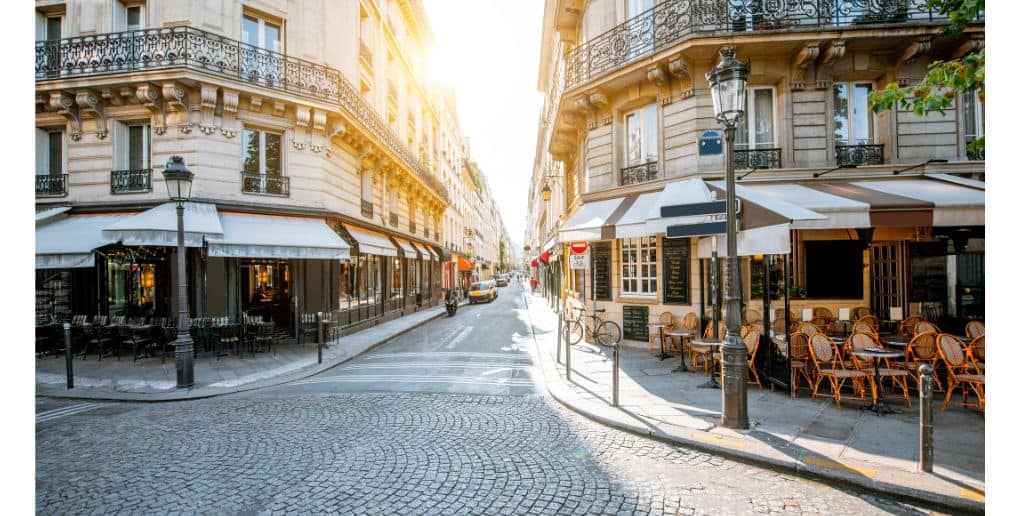
Energy
in partnership with


‘Paris at 50°C’: a fact-finding mission to prepare Paris for future heatwaves
Article
2 minutes of reading
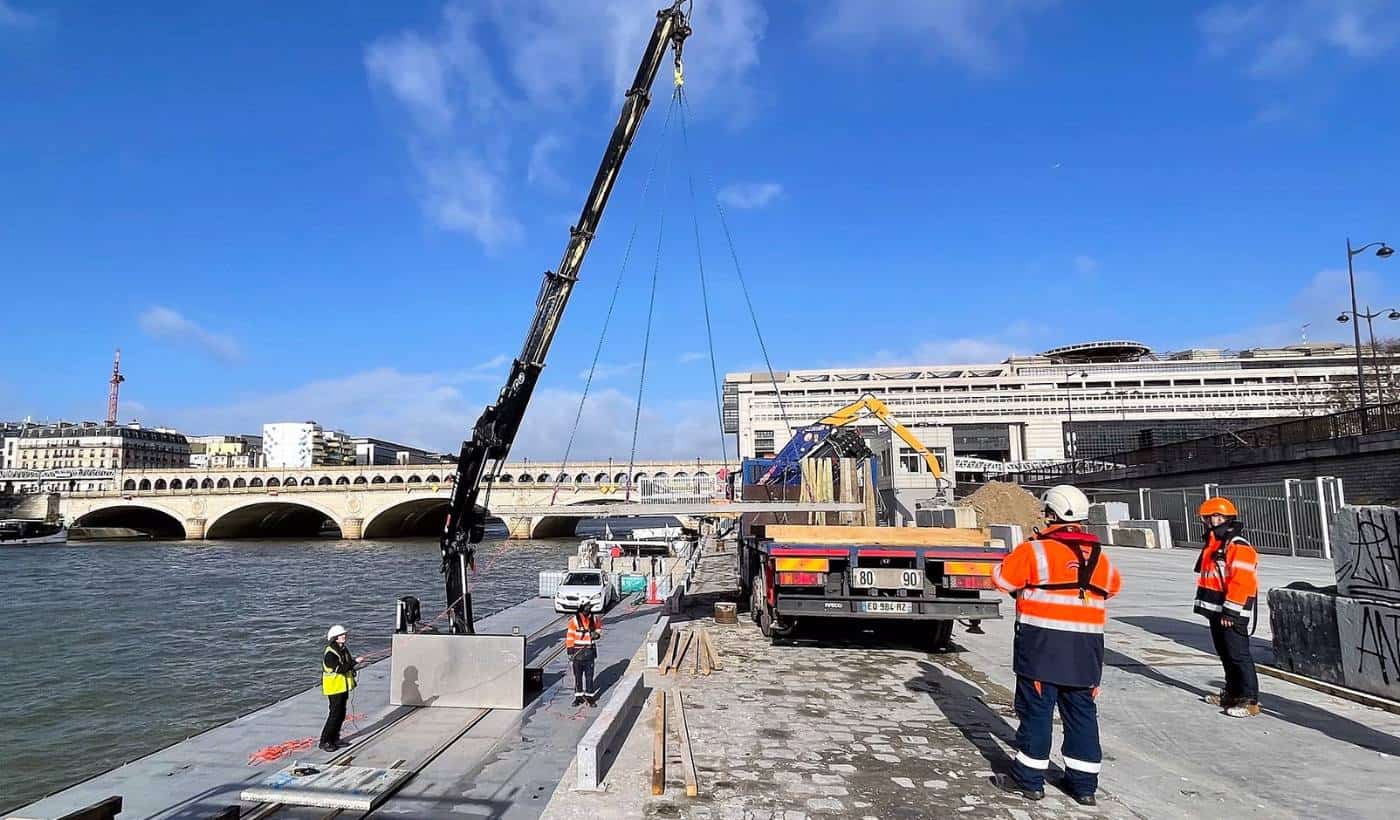
What if your sites were supplied via rivers instead of roads?
Article
3 minutes of reading
